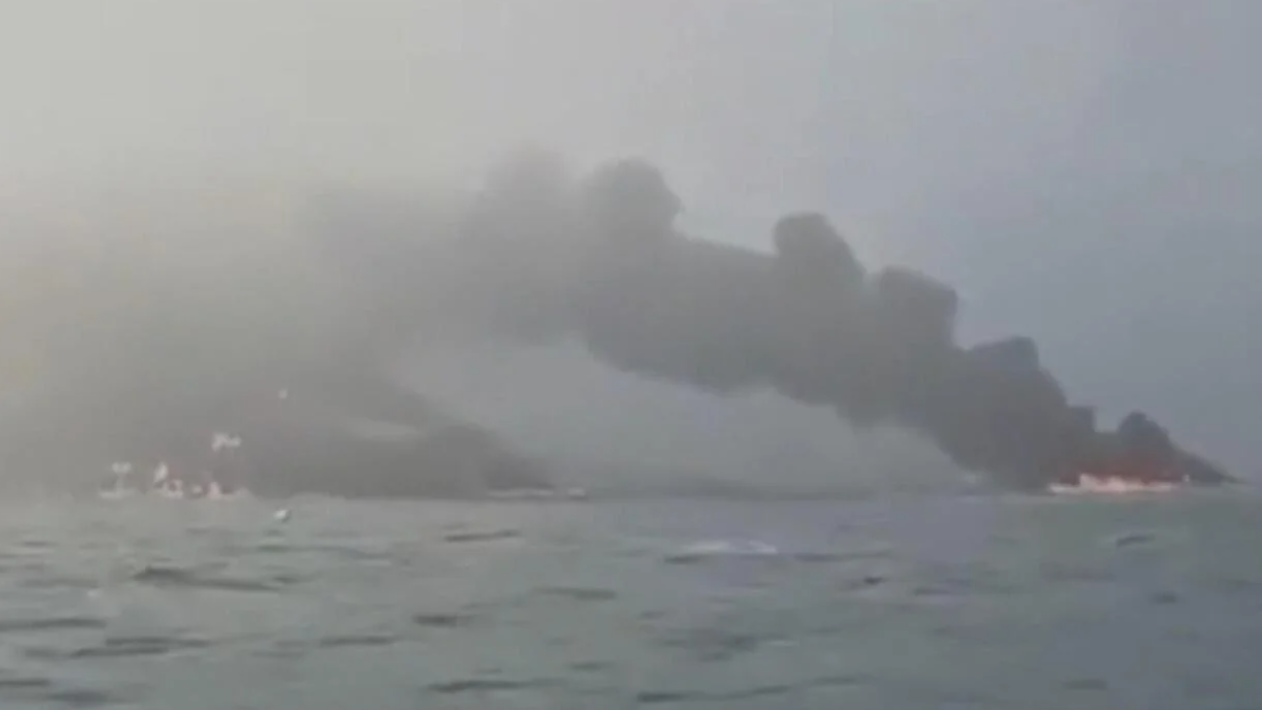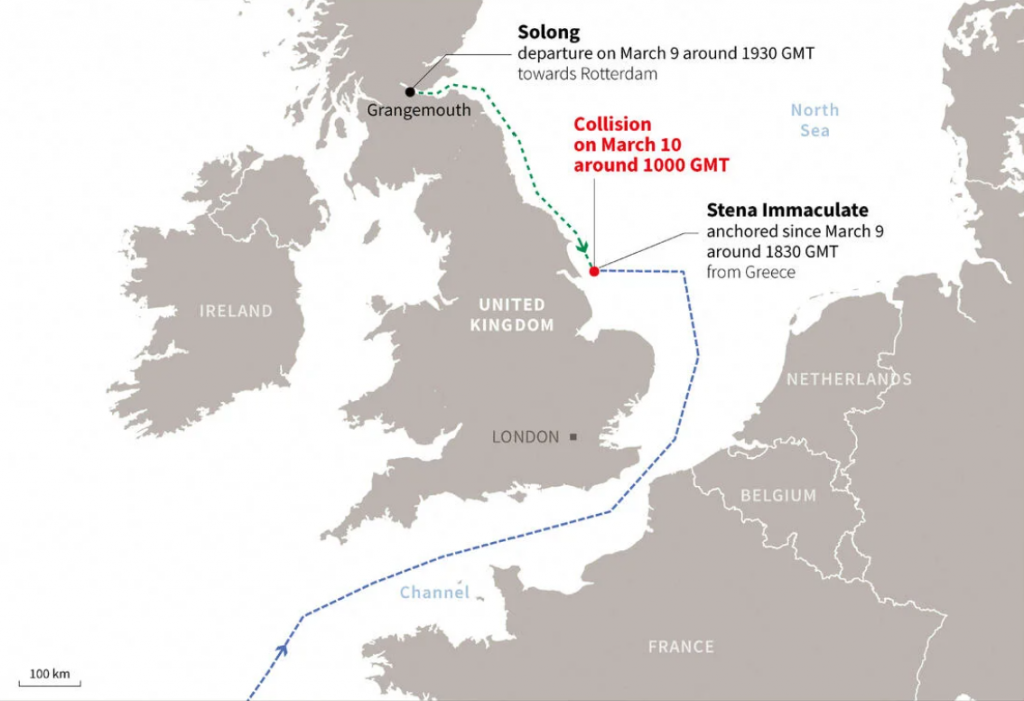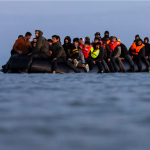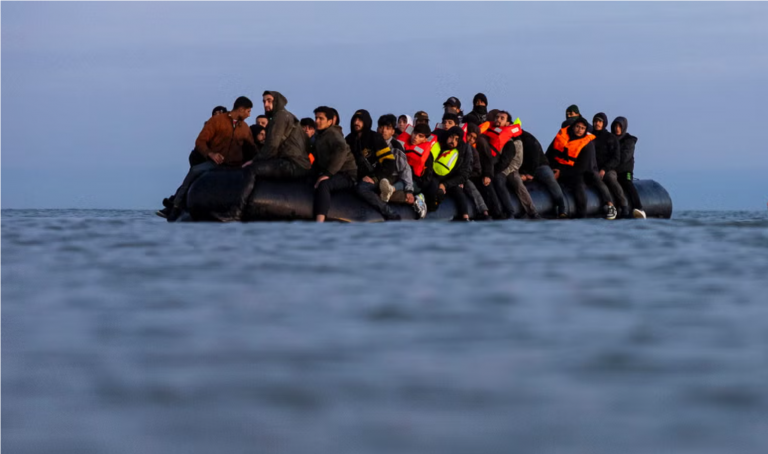
A tragic collision between the oil tanker Stena Immaculate and a cargo vessel off the coast of Yorkshire has resulted in a known 32 casualties, with the ongoing investigation revealing further details about the incident. The collision, which occurred in the North Sea, has raised concerns about maritime safety and the response to such incidents in busy shipping lanes.
What Happened?
The collision occurred when the Stena Immaculate, an oil tanker, collided with a cargo vessel in the early hours off the Yorkshire coast. The two ships, which were travelling in close proximity, struck each other, causing significant damage to the cargo vessel. Emergency services responded quickly to the scene, deploying rescue teams to assist in evacuations and search-and-rescue operations.
The cause of the collision is still under investigation, with authorities considering various factors such as visibility, navigational issues, and possible mechanical failure. As the incident unfolded, coastguards and maritime authorities launched extensive efforts to manage the situation and prevent further damage or pollution from the oil tanker.
Casualties and Crew Safety
The collision tragically resulted in 32 casualties, with some of the crew members from the cargo vessel confirmed dead or missing. The precise number of casualties may rise as search and recovery efforts continue. Fortunately, the crew of the Stena Immaculate have been reported safe and accounted for, with no casualties among the tanker’s crew. The quick response of the emergency teams and the efficiency of the evacuation have been praised, as they managed to minimise further loss of life.
Rescue operations have focused on locating survivors and retrieving bodies from the wreckage of the cargo vessel. The safety of the oil tanker crew was never in question, as the ship was not severely damaged in the collision, but the cargo vessel sustained heavy damage, complicating the rescue efforts.

Environmental Concerns
Given that the Stena Immaculate is an oil tanker, there were immediate concerns about a potential oil spill or environmental contamination in the North Sea. However, initial reports suggest that the oil tanker did not suffer a breach significant enough to cause an oil spill. Authorities have been closely monitoring the situation and conducting environmental assessments to ensure that there is no threat to marine life or the surrounding coastline.
The Response
The emergency response to the collision has involved multiple agencies, including the Royal National Lifeboat Institution (RNLI), UK Coastguard, and Maritime and Coastguard Agency. In addition to the search and rescue operations, maritime authorities are conducting a thorough investigation into the cause of the crash, including the possibility of human error, navigational issues, or technical faults.
A number of vessels have been dispatched to assist with the recovery of the cargo ship and to provide support for ongoing search operations. Efforts to stabilise the scene and prevent further damage are still ongoing, as the authorities continue their investigation into the collision.
What Happens Next?
Following the incident, maritime safety experts are likely to review protocols for shipping in busy sea lanes, particularly around the Yorkshire coast. This collision has raised concerns about the safety of vessels operating in close proximity to each other in congested areas and will likely prompt further scrutiny into how ships navigate in high-traffic zones.
Additionally, questions may arise regarding the international regulations for maritime accidents involving oil tankers, especially concerning their preparedness for potential spills or accidents in environmentally sensitive regions like the North Sea.













